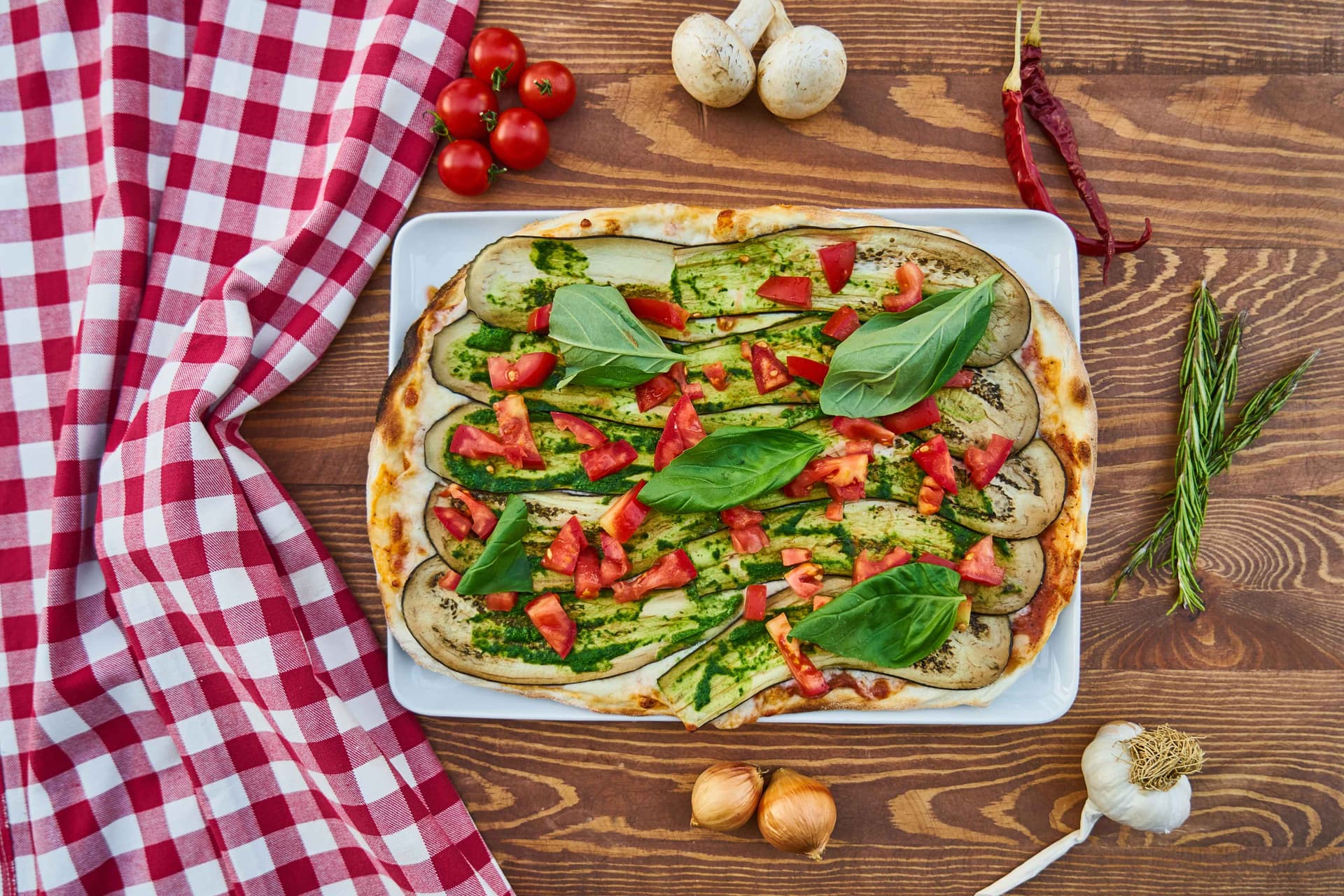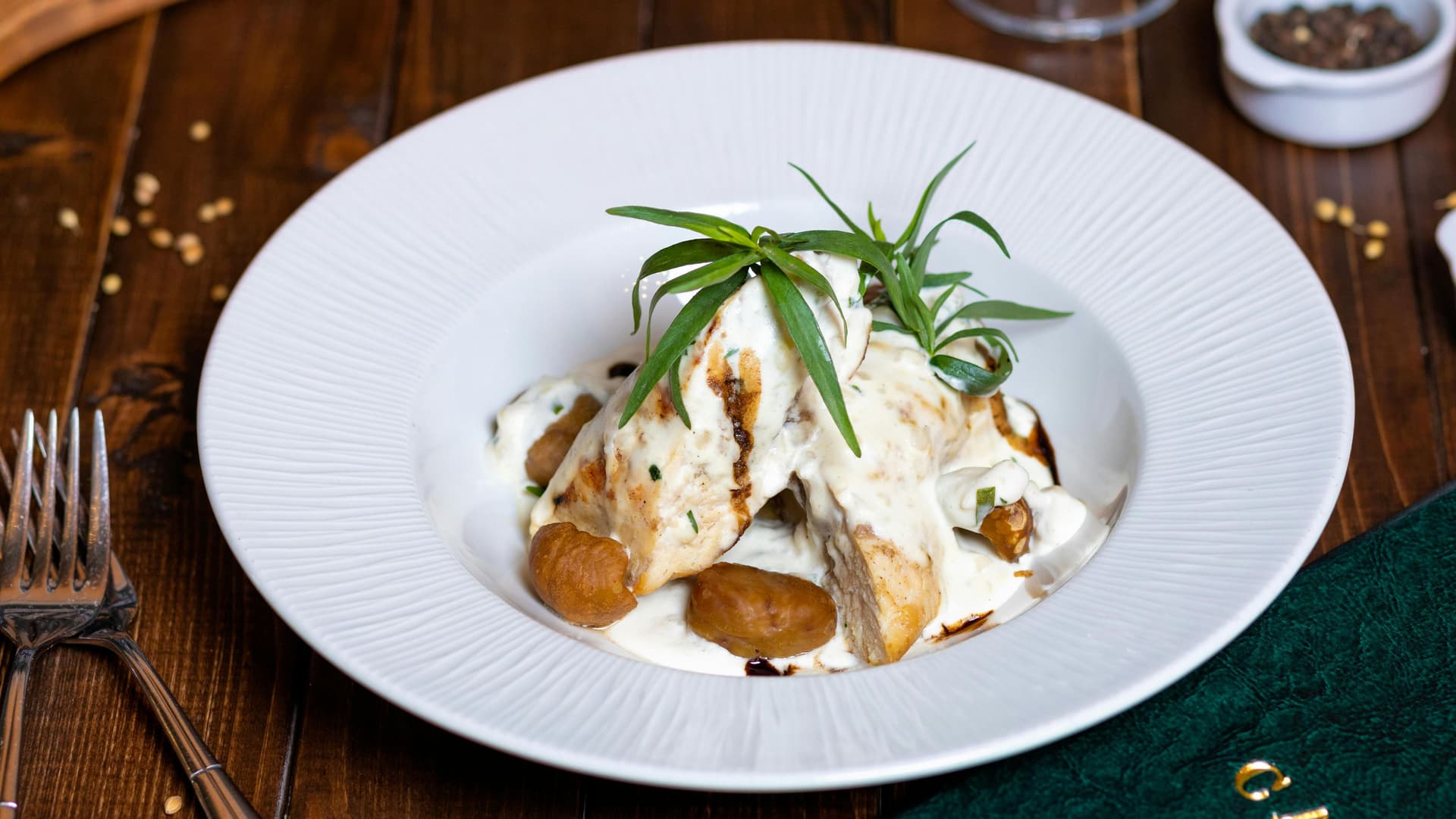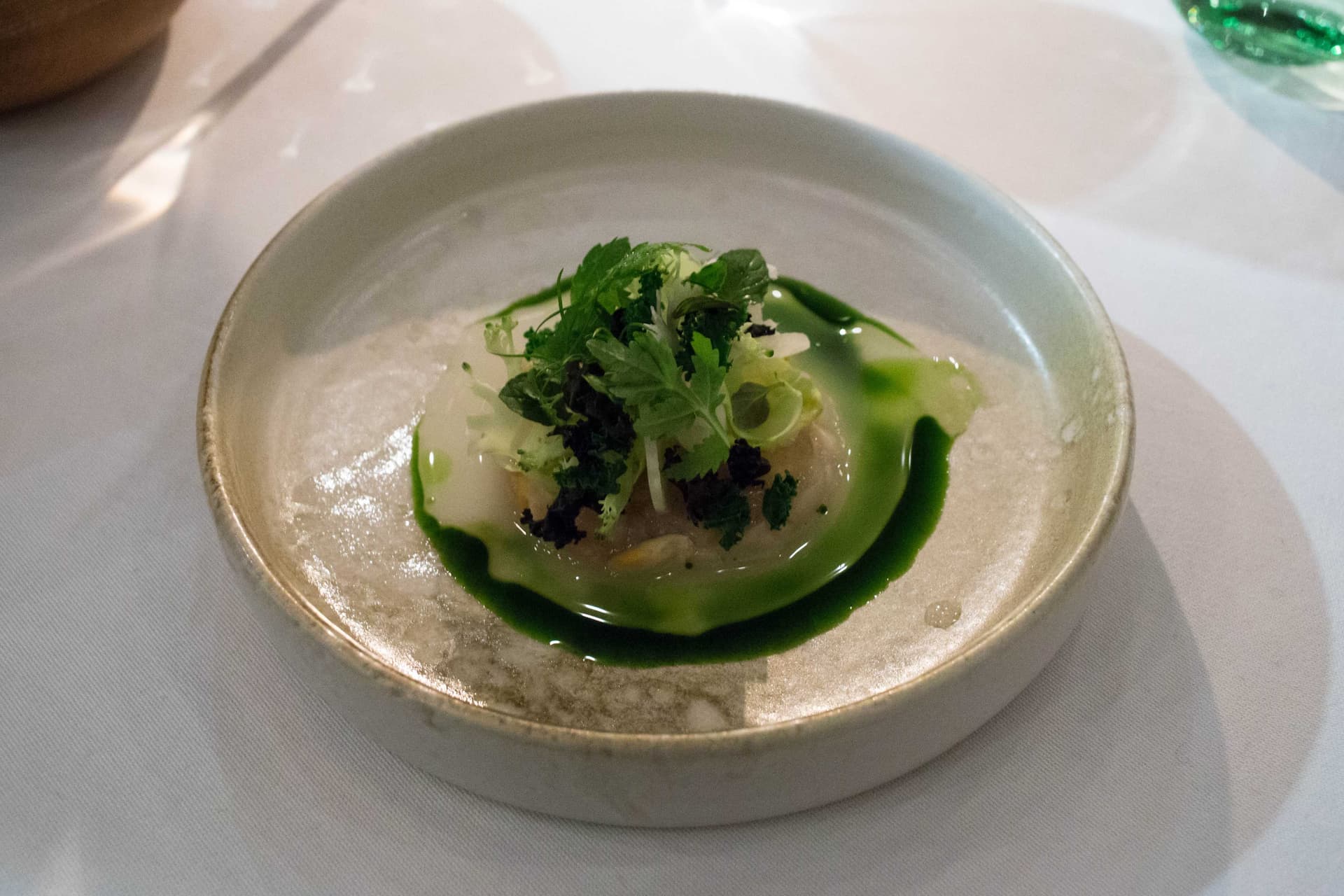Gin & Tonic And European Dishes: A Guide To Pairing This Classic Cocktail With Food
The use of herbs, seasonal ingredients, layered textures, and slow cooking methods is characteristic of European cuisine. Rich yet light, savoury with a hint of sweetness, and frequently accentuated by acidity from wine reductions or fermented ingredients, the continent's cuisine largely relies on balance, from creamy, butter-based sauces to cooking with olive oil. A base of aromatics like onion, garlic, and leeks is frequently followed by herbs like bay, thyme, or rosemary as the flavour develops gradually.
Common cooking techniques, including braising, baking, roasting, and pan-searing, enhance flavour while maintaining texture. Citrus, vinegar, or tomato breaks through the full-bodied components, while soft cheeses, root vegetables, and grains give earthy or creamy tones. These recipes are distinctive since local components impact the same methods used in other nations, resulting in countless variations that don't mask but pair well with simple cocktails.
5 Tips For Pairing Gin & Tonic And European Dishes

Match Citrusy Tonics With Herby Plates
Herby dishes that are filled with aroma go well with citrus-tonic gin beverages because they bring out the unique flavours. The brightness of the tonic keeps the drink focused and fresh by dividing and elevating herbal ingredients like oregano, rosemary, and thyme. This pairing is particularly effective with foods that are seasoned with herbs and olive oil rather than with robust spices or thick sauces.
A plate of layered grilled aubergine and zucchini that has been cooked over a low flame and lightly drizzled with olive oil is one example. The thyme and parsley, which are the main flavour without much seasoning, gradually soften the veggies as they absorb them. This type of preparation lets a drink shine while preserving the taste of the ingredients. To serve a complementary beverage, mix 10 ml of citrus tonic water and 15 ml of dry gin in a highball glass with ice, and then garnish with a lemon twist.
Use Spiced Gin To Complement Rich French Sauces
Flavours like cardamom, pepper, and cinnamon found in spiced gin may counterbalance the richness of classic French sauces. Preparations made with butter or cream coat the taste and require contrast. This richness is broken up, and each texture is lighter with a mildly carbonated tonic that doesn't mask the sauce. This idea is nicely reflected in a dish like pan-seared chicken in tarragon cream sauce.
The sauce, which is cooked through sautéing and finished with cream and fresh tarragon, adds silky fat and subtle anise notes. To make the drink, put 10 ml of mild tonic and 15 ml of spiced gin in a balloon glass with cubed ice. To complement the dish, add a fresh tarragon sprig as a garnish. The tonic keeps the combination crisp, while the gin's spiciness melds with the sauce.

Balance Botanical Gins With Simple Nordic Flavours
Drinks must be mild because Nordic cuisine frequently relies on subtle tastes and preservation techniques like pickling and curing. Without moderation, botanical gins' layers of juniper, coriander, and flowers can be masked. This balance can be seen in dishes like cured salmon with mustard and dill sauce. In a lowball glass over a single giant ice cube, combine 15 ml botanical gin and 10 ml light tonic. Garnish with fresh dill sprigs. The texture of the huge ice cube prevents dilution and maintains the focus of the pairing.
Pair Dry Gins With Creamy, Cheese-Based Dishes
When paired with dishes that are high in dairy, dry gin's crisp taste and minimal sweetness might work well. In order to restore equilibrium between bites, cheese-based recipes that frequently coat the texture require a beverage with structural strength and bitterness.
This kind of creamy consistency can be seen in a spinach and goat cheese tart. It is made with eggs, shortcrust pastry, and mild goat cheese. The required taste combo is provided with a gin and tonic made with 15 ml London dry gin and 10 ml bitter tonic water, presented in a goblet glass with crushed ice. Add some texture by adding a crack of pepper as a garnish.

Choose Floral Tonics For Light, Wine-Glazed Proteins
Proteins coated with sweet and acidic reductions pair well with floral tonics made with elderflower, hibiscus, or rose. These sauces have a tendency to simmer into concentrated tastes that require more than just acidity; they also require lightness, elegance, and scent. One example is a pan-roasted duck breast with a cherry wine glaze on top. The duck is oven-finished after a sear, and the pan is deglazed with fruit and wine. In a coupe glass, mix 15 ml of flowery gin and 15 ml of elderflower tonic over a large ice sphere. To mimic the scent of the glaze, garnish with an edible flower.
In a highball glass, pour 15 ml of gin over ice and top with 30 ml of tonic water to make a traditional gin and tonic. To blend without losing fizz, gently stir. Add a wedge of citrus as a garnish. Its uncomplicated flavour is defined by the balance of bitter, crisp, and herbal flavours. One can even go with the classic recipe aside from variations when pairing European dishes.
Drink Responsibly. This communication is for audiences above the age of 25.




